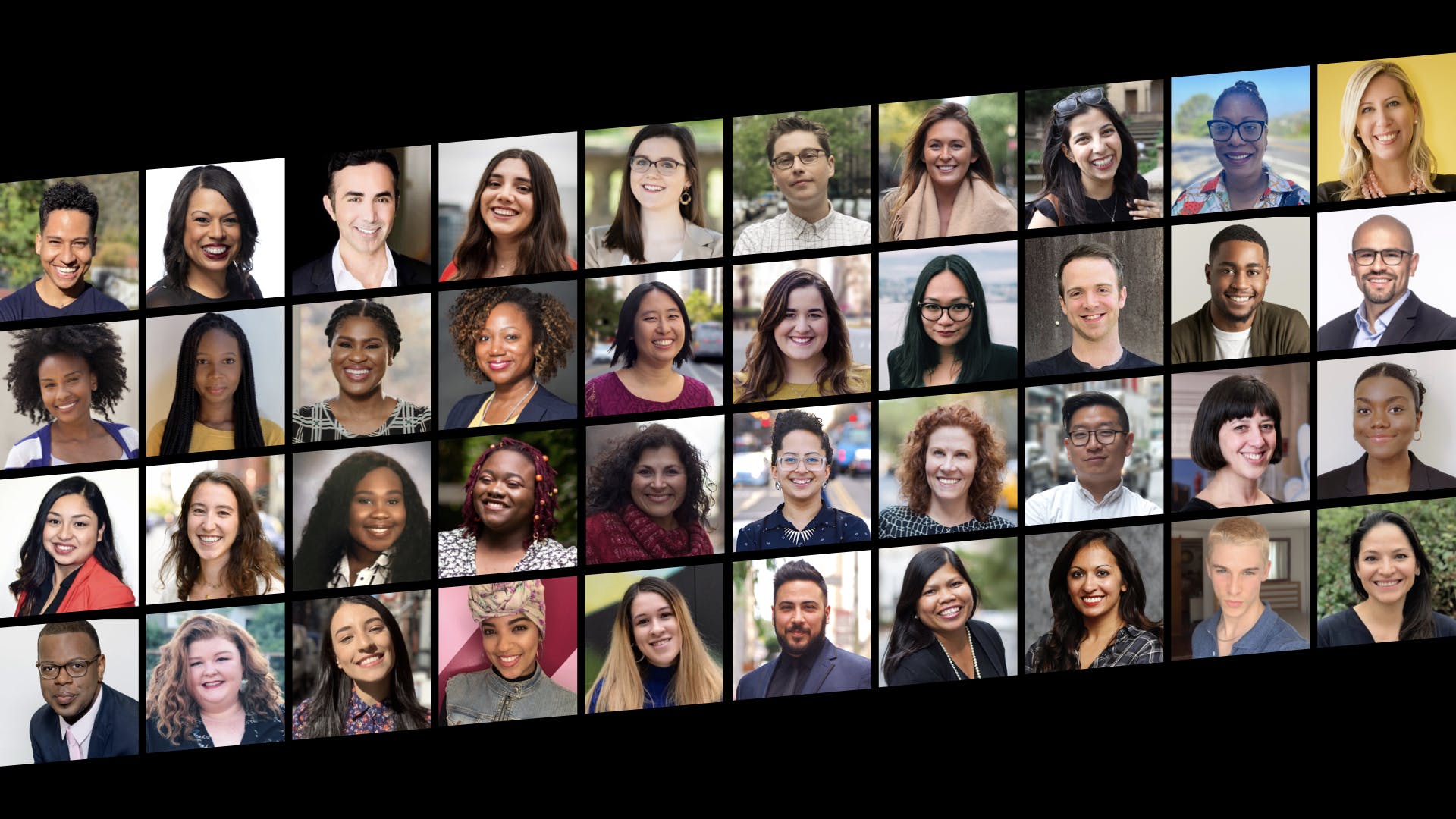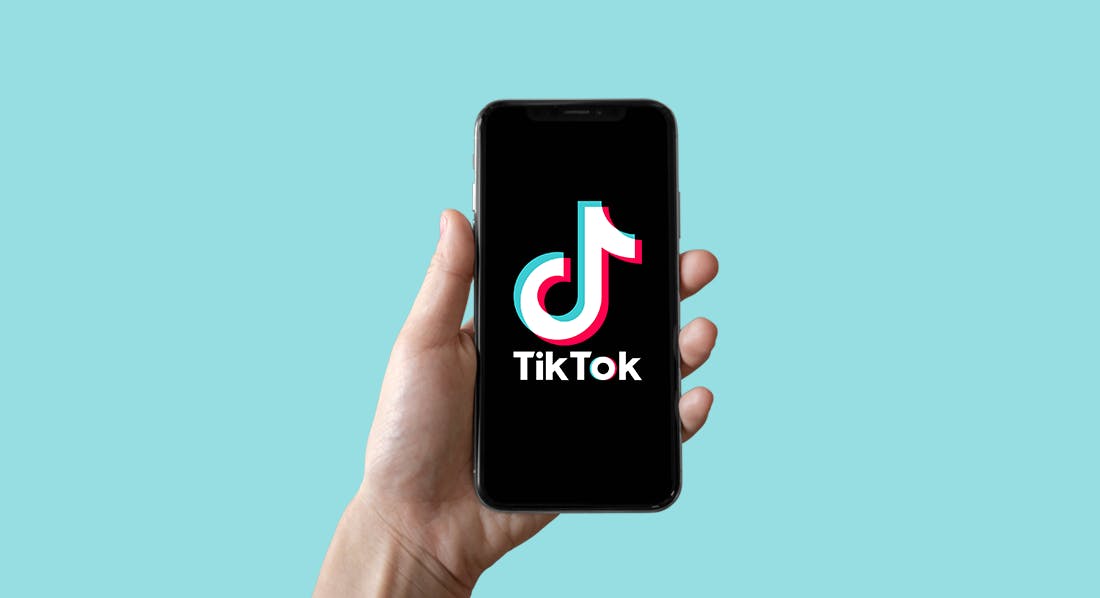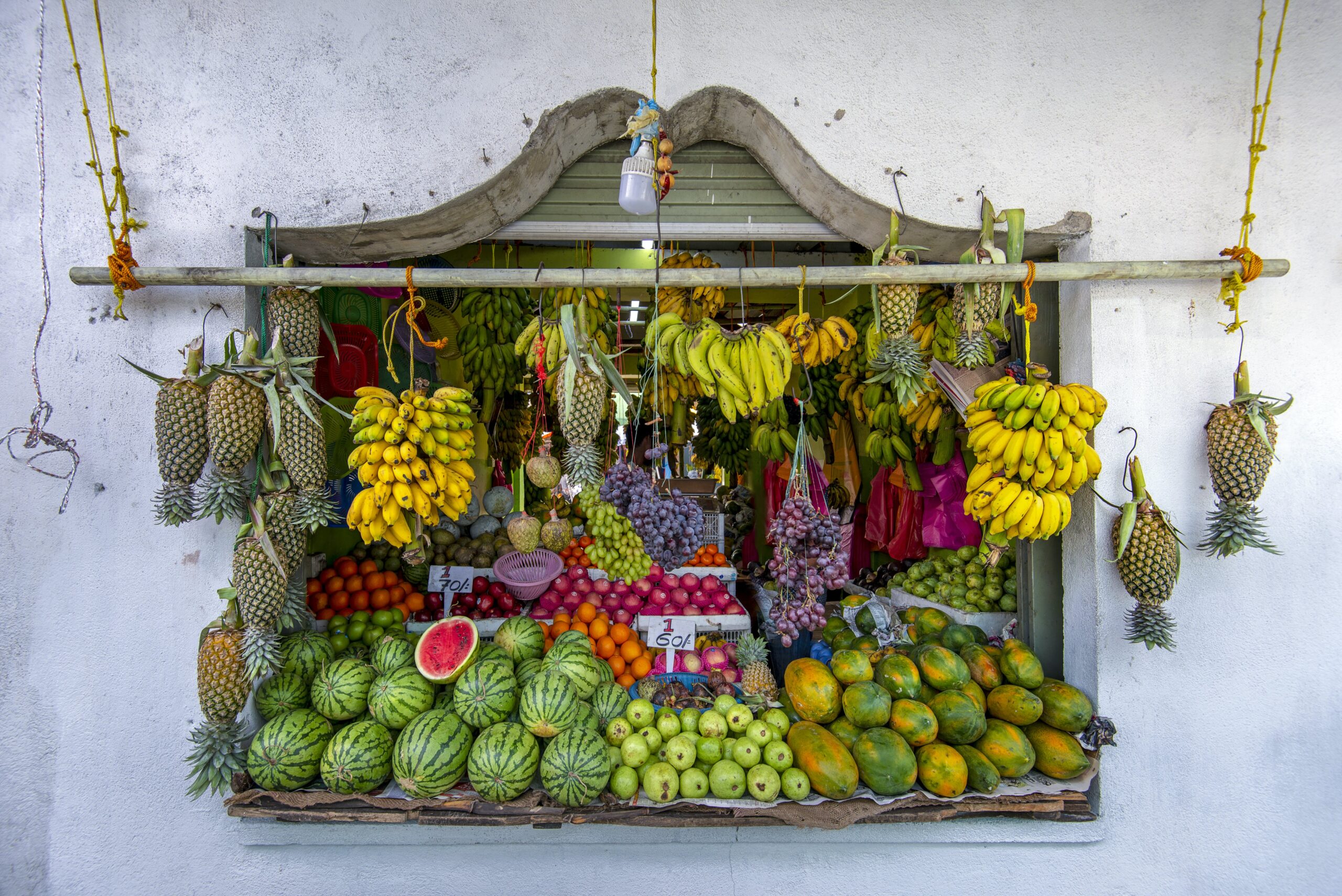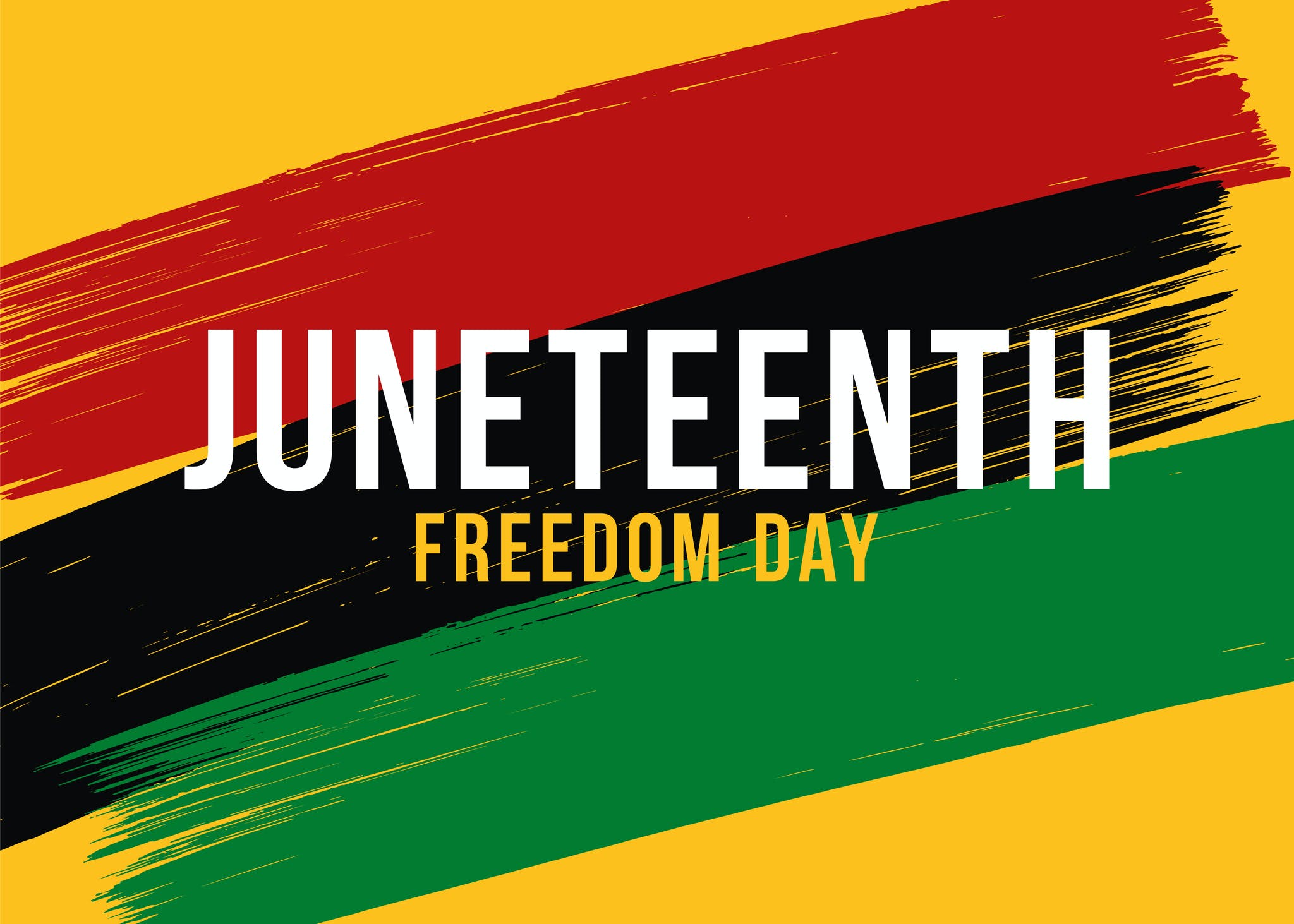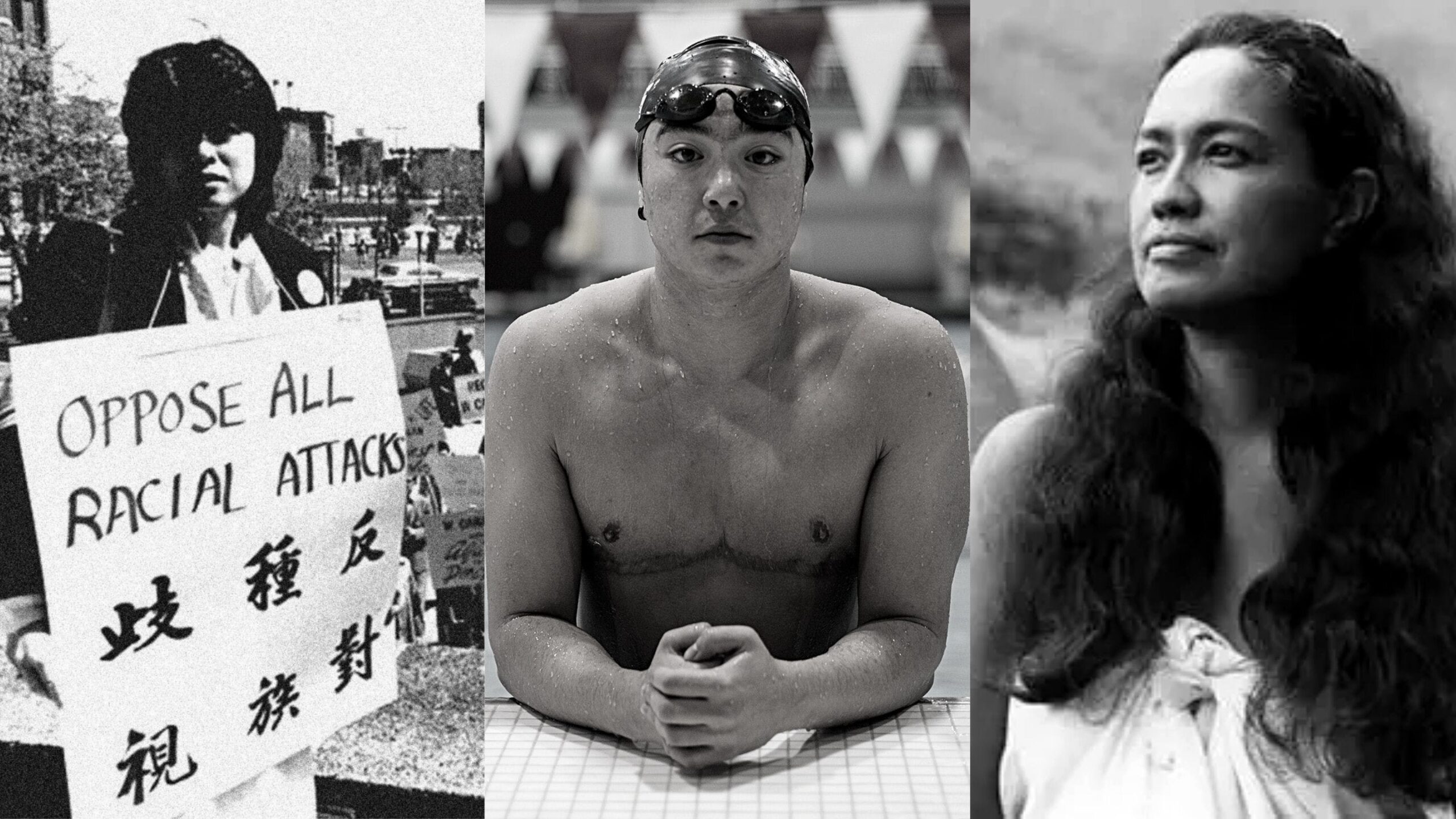My first memory of love is the smell of braised oxtail permeating our tiny Brooklyn apartment. Stewed oxtail with rice and peas was a delicacy reserved only for Sunday dinners hallmarked by special occasions.
Mom would spend hours in preparation: the chopping of onions, peeling of thyme, cracking of scotch bonnet pepper — brining the meat just so. I knew mom took pride in putting this particular dish together. When I made my way to the kitchen, having followed the trail of hearty fragrance, she would say in Patois, “Give it a likkle taste, Shakie.” And taste I would. “It good, don’t it?” She would ask, her accent getting thicker. Good it was. Better than good. The meat was always tender enough to fall off the bone. I would culminate each dining experience slurping up the gravy to the marrow.
Oxtail, curry chicken, and ackee and salt fish are just a few of the dishes that keep me connected to the homeland my naval string draws from — Jamaica, the land of the Tallawah. A little country but mighty in spirit.
In honor of Caribbean-American Heritage Month, a few of my colleagues and I are sharing recipes for dishes that remind us of home as a small tribute to who we are as island people. Come explore the Caribbean through food and memory.
* * *
Patsy’s Jamaican Oxtail and Rice & Peas
Shared by Shakirah Hill Taylor, chief digital officer and proud Jamaican-American
What you need:
- 2.5 lbs oxtails
- ¼ cup brown sugar or coconut sugar
- 1 Tablespoon soy sauce
- 1 Tablespoon Worcestershire Sauce
- 1 Tablespoon salt
- 2 teaspoons garlic powder
- 1 teaspoon black pepper
- 1 teaspoon all-spice
- 1 teaspoon browning
- 2 Tablespoons vegetable oil
- 1 yellow onion chopped
- 4 green onions chopped
- 1 Tablespoon garlic chopped
- 2 whole carrots chopped
- 1 scotch bonnet or habanero pepper seeds and membrane removed and chopped
- 1 cup beef broth
- 1 Tablespoon ketchup
- 1 teaspoon dried thyme
- 2 Tablespoons water
- 1 Tablespoon cornstarch
- 1 16 oz can Butter Beans drained
How to prepare:
- Rinse oxtails with water and vinegar and pat dry. Cover oxtails with brown sugar, soy sauce, Worcestershire sauce, salt, garlic powder, black pepper, all-spice, and browning and rub into oxtails. For added flavor season and marinade oxtails overnight.
- Set Pressure Cooker on High Sauté and once hot, add vegetable oil. Next, add your larger oxtail pieces to the pot, flat side down about ¼ inch apart, and brown on each side.Remove oxtail after browning and place in bowl.
- Deglaze your pressure cooker by adding about 2 Tbsp of beef broth to the insert. Take a wooden spoon and deglaze your pot by removing the brown bits at the bottom. Then add your yellow onions, green onions, carrots, garlic, and scotch bonnet pepper. Stir and sauté for about 5 minutes or until the onions have softened.
- Add dried thyme, oxtails, remaining beef broth, and ketchup to the pressure cooker insert.Press “Cancel” on your Instant Pot. Cover and cook on high pressure for 45 minutes. Once timer is done, allow pressure cooker to naturally release.
- Once all pressure has released, open lid and remove oxtails and vegetables, leaving liquid behind. Turn Pressure Cooker on sauté. Once liquid begins to simmer, create a corn starch slurry by combining corn starch and water to a separate bowl. Stir into simmering liquid. Add drained butter beans into pressure cooker and allow to simmer for about 5 minutes, until liquid is slightly thickened and butterbeans are warmed.
- Add oxtails and vegetables back to the pressure cooker. Serve and enjoy
* * *
Sauteed Chickpeas (Boil & Fry Chana)
Shared by Holly Sookhai, administrative assistant and proud Guyanese-American

You might know them as chickpeas or garbanzo beans. Served tossed in a salad, simmered in a soup, or as a base for hummus. But, as a Guyanese American, you are born knowing this protein-packed goodness as “Chana.”
In Guyana, we have a heavy influence on Indian foods. This is because, in the 19th century, the British Empire needed people to work on plantation fields in the Caribbean. So, they brought a workforce from India under a system called indentureship. As a result, my ancestors brought their culture and food to Guyana along with their families. However, they couldn’t always get their hands on the exact ingredients they had in India, so many of their daily recipes were improvised.
I’m sharing my recipe for Sauteed Chana, or as Guyanese people say, “Boil and Fry Chana” The “boil” in the name originates from the natives once using dried chickpeas that were soaked in water and then boiled to cook. My recipe works great using canned chickpeas, making this appetizing dish easy and quick to make. I promise you’ll be out of the kitchen in 15 minutes or less. It’s also the perfect anytime meal.
Growing up, I’d eat chana for breakfast, along with a boiled egg. Then, during the start of the pandemic in 2020, it was my go-to midnight snack. Now that I have a baby starting solids and has a palate for flavor, I’ll smash up pieces of chana and serve them to him for dinner. As a bonus, this dish makes an excellent vegetarian meal on days when I choose not to eat meat. Love spicy food, or not? Sauteed Chana is customizable to your heat tolerance.
Ingredients & Measurements for Sauteed Chana: (Serving Size 1 or 2)
- 1 15 oz can chickpeas (washed and drained — works with any brand)
- 2 tbsp vegetable oil
- ½ of green chili (add a whole one for extra spice or omit for a non-spicy version)
- 1 plum tomato chopped
- 1 small onion chopped
- ½ tsp chopped garlic
- ½ tsp Paprika
- ½ tsp ground cumin powder
- ¼ tsp black pepper to taste
- Salt to taste
- A few chopped fresh scallions for garnish
DIRECTIONS:
- Heat a pan with 2 tbsp vegetable oil.
- Add tomatoes, onion, and green chili. Cook for about 3 minutes and add the garlic.
- Cook for 2 minutes, then add chickpeas, paprika, black pepper, salt, and cumin.
- Stir to combine and let cook for about 6 minutes.
- Toss in green onions & cook for another final minute. Serve hot and enjoy!
* * *
Grann’s History Lesson in a Bowl
Shared by Valerie Jean-Charles, associate vice president and proud Haitian-American
“Bon kisa m pou m fè kite pou ou?”
(So, what should I prepare for you?)
This was usually the question my grandmother would ask me before I’d pay her a visit. It was our routine, our go-to. She was asking what dishes to prepare already knowing my answer — a nice, big pot of tchaka.
Haitian cuisine is one of the richest and diverse in the world, and there’s no better representation of that then tchaka, a hearty and soul-warming meal of beans, pumpkin, dried corn, and salted meat flavored with èpis (a blended mix of green herbs and seasonings).
While, so many non-Haitians can now — thanks to the beautiful renaissance Haitian cuisine is experiencing on the international stage — easily identify cultural foods like soup joumou (independence day soup) or diri a djon djon (rice cooked with black mushrooms), it is tchaka that stands out to me as a true representation of Haitian identity, mixing within it both West African flavors and Indigenous Taino staples—a story of tragedy, camaraderie and triumph in one meal.
It’s been years since I’ve tasted my grandmother’s tchaka. An ocean now separates us and, as she currently sits in the twilight of her life, I am overcome with a great deal of gratitude for her. Not just for the meals she cooked, but also for the cultural love and reverence she instilled in me. I am grateful to her for teaching me that cooking isn’t just about eating; it’s also about preserving your heritage and honoring your ancestors.
Now, I will warn you that Haitian dishes can be quite complex and time intensive. So, to assist you with the preparation of this dish, I’ll link to two of my favorite YouTube instructional videos for the meal here and here.
Please ensure you have ample time to cook this. It’s a day’s worth of work, but oh so worth it in the end.
Happy eating and mèsi grann!
Ayibobo!
* * *
Fish Broth
Shared by Mia Logan, vice president and proud Trinidadian-America

Roughly three weeks before the start of the COVD-19 pandemic reached the DMV area, my stepfather lost his decade-long battle with prostate cancer. His death created a void in my mom’s household for several obvious reasons, but one of the places that it was most acutely felt was the loss of his culinary specialties, especially his fish broth recipes.
Fish broth is not necessarily indigenous to Trini culture as many different islands across the Caribbean have their own variation of fish soup or fish brof as it’s sometimes called. What makes this particular dish special to me is that I associate it with good times and recovery. When my mom and I first moved to Maryland, our neighborhood was mostly American, with two Trinidadian families on our street, one Grenadian family and an older Guyanese gentleman. By the time my stepfather moved in, all of these families on our street had come together to host block parties, cooler fetes, backyard functions and traditional cookouts almost weekly throughout the warmer months.
These parties would go on for hours, often starting in the afternoon or early evening and seemingly never-ending. It was not uncommon to see the older folks on my small suburban street hanging out and jamming to soca, dancehall, r&b and even early 2000’s hip hop until four in the morning. And one thing that was consistent, no matter how late we all hung out, no matter how hard they partied, my military parents would be up the next day, fussing at me to help clean, run errands and watch sports. I used to marvel at how they could do it, as even my teenager self couldn’t keep up despite having attended several of these parties since childhood. Whenever I asked them how they managed to be up and about, my stepfather would simply say “get you some fish soup”.
For twenty years that fish soup was a fixture in my life. Have a cold? Drink some fish soup. Headache? You need some fish soup. Partied too hard for your 21st birthday? “Get you some fish soup”.
While no one could’ve predicted the impact that the COVID-19 pandemic would have on our lives, every time I would get the sniffles, allergies, or any other anxiety-inducing symptom that I was sure was COVID-19 would bring about a wave of grief knowing that there would be no fish soup.
Recipe below:
- 2 lbs of whole snapper (king fish also allowed)
- Lime
- 12 cups of water or 9 cups of seafood stock
- 2 potatoes, peeled and quartered
- 2 yams peeled and quartered (sweet potatoes also allowed)
- 2-3 figs (green bananas) peeled and quartered
- 2 sliced carrots
- .5 lbs okras with stems removed
- 1 lb of chopped cassava
- 3 eddoes
- 1 white onion, peeled and sliced
- 2 stalks of celery
- 1 ripe tomato
- 2 pimento peppers
- 1 scotch bonnet
- Use a little bit of thyme (to taste basically)
- Heavy black pepper, salt to test
Add dumplings
Green sauce:
- 8 bandanya leaves
- 4 scallions
- 5 garlic cloves
* * *
Trini Doubles
Shared by Adia Adoo, account coordinator and proud Trinidadian-American
Growing up, I had the privilege of visiting Trinidad and Tobago frequently. I have memories of spending multiple summers at my grandparents’ house, the same one my mom and her sisters grew up in Diamond Vale. My little sister and I would attend the same summer camp my mom once attended when she was growing up in Trinidad. After spending hours at the pool, my sister and I would visit a summer camp booth selling classic Trinidadian street foods, including my favorites: doubles and pholourie.
During my recent trips to Trinidad and Tobago, my family and I would take long walks on the Queen’s Park Savannah in Port of Spain. The Queen’s Park Savannah is one of the biggest roundabouts in the world, with large fields that serve as the main stage for Carnival every year. Street vendors line the area selling all types of street foods, but there will always be a line in front of vendors selling doubles, especially on weekend mornings.
Doubles is a dish consisting of two pieces of flat fried dough with curried chickpeas on top served with chutney, and pholourie consists of fried balls made up of spiced split peas and flour served with chutney or a pepper sauces. As far as chutneys go, my favorites are mango and tamarind chutney because I find that they add a wonderful sweetness to each dish.
Here are great youtube tutorials on how to make each dish:
How To Make Trini Doubles
How To Make Trini Pholourie
As a first-generation American, I always felt the pressure to assimilate into the culture of my peers, but as I got older, I realized that giving into that pressure was a massive disservice to myself. I never fully appreciated the beauty of having Caribbean heritage until I was a teenager. Since my grandfather died five years ago, my family and I visit Trinidad and Tobago every year for Christmas to spend it with my grandmother and my aunt’s family. Every time I go back, my appreciation for Trinidad and Tobago deepens. It has a beautiful landscape with incredible mountains as a constant backdrop, with a culture based around friends, community, food and fun, and I can’t wait to return in a few months!
* * *
Sweet, Sweet T&T: Callaloo and Calypso
Shared by Gibran Caroline Boyce, account executive and proud Trinidadian-American

Caribbean parents notoriously don’t believe in writing down recipes, or even using measuring tools while cooking for that matter. Both of my parents immigrated to the United States from Trinidad and Tobago, and we have grown up eating amazing foods, with every dish passed down through generations, a seeming mixture of science and art, and us kids learning through watching our parents go through the motions over and over again. My Dad’s curry shrimp with potatoes and chickpeas are a family hit, especially when he makes the roti sides to go with it called “Buss up Shut,” that is akin to beaten torn-up pita bread. However, I continue to love the taste of one special recipe that my Mom makes.
Callaloo is a delectable Trinidadian dish (other Caribbean countries make it as well but each with their own changes to the ingredients), that seems so complex despite the fact that it has very few ingredients — spinach, okra, coconut milk, crab, and hot peppers. This Callaloo recipe is one such family ritual that has endeared over the years without a recipe. Relocation to America has meant the base dish being made from easily accessible spinach, rather than “callaloo bush” that is local in the Caribbean. Their similarity is that they are both rich-green leafy plants that are probably chuck-filled with iron, and parents learned to cloak it in this amazing dish loved by kids who might never eat it if just steamed.
This recipe was vetted and approved by mom herself, as the instructions are best with the videos that are now available online from local chefs. To make your meal extra special, we use king crab claws and legs that provide plenty of meat and decadence, though the local custom is to use “blue crabs” — a particularly small crustacean that is also difficult to source in the U.S. My most special childhood memories that weren’t tied to their wide-ranging tasty foods, revolve around singing and dancing to Calypso music, driving hours to attend Caribana (Caribbean style Carnival in Toronto), and picking up Trini slang and jokes over the years. As a first-generation American, I am eternally grateful for the life my parents have given me in America. But I am equally proud and appreciative of them for raising my siblings and me to be proudly Trini 2 De Bone.

